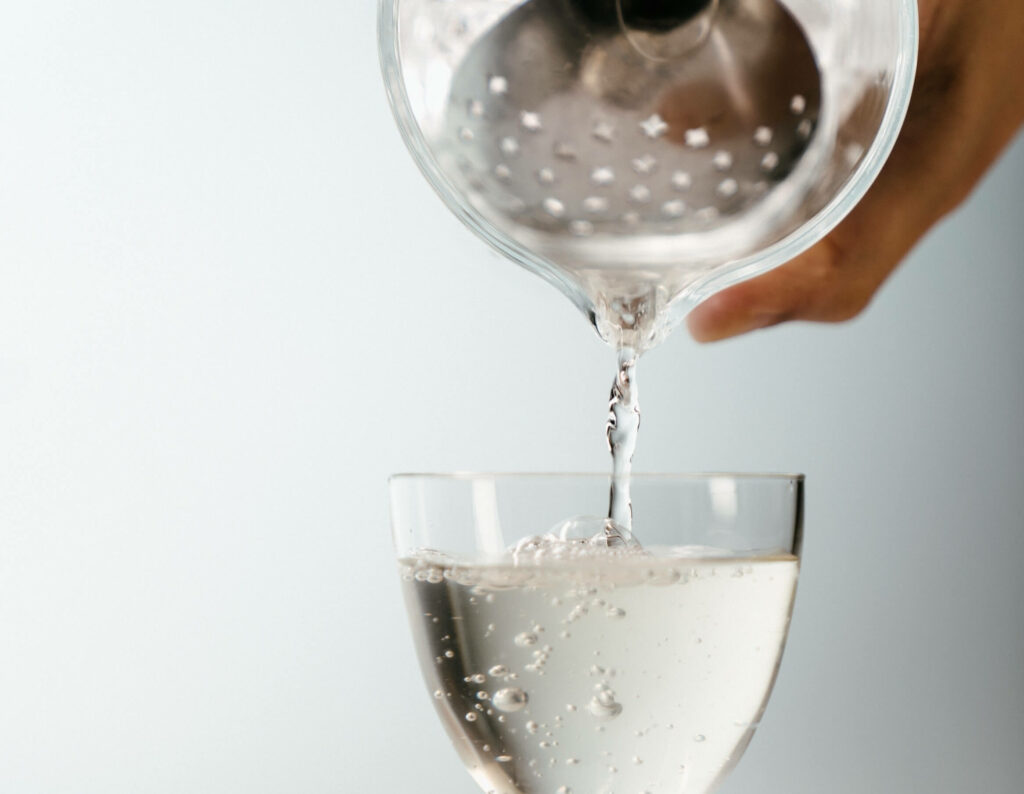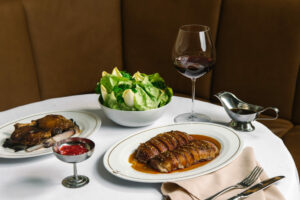Our Director of Bars, Jonothan Carr takes us behind The Charles Bar which will be a destination for all-day beverages, from morning coffees to afternoon tipples with colleagues, and the perfect spot for a pre or post-cocktail when dining in the Grand Brasserie. The beverages menu will deliver classics that guests know and love with the highest level of polish and a few new favourites.
The Martini is a beverage synonymous with style and will be a focus of The Charles cocktail list. Arguably the world’s most recognised beverage partly due to Mr Bond (we prefer stirred if you were wondering), The Charles Bar will serve our Martini in a vessel not yet seen in Sydney. We are looking forward to sharing it with you!
Like most classic cocktails, its origins are a mystery though it is commonly believed to have evolved from a Martinez cocktail created during the gold rush in America. The Martini, as we know it, was first listed in Harry Johnson Bartenders Manual in 1888 featuring the ingredients Old Tom Gin, Sweet Vermouth, Curacao and Boker’s Bitters.
A far cry from the Dry Gin and Vodka Martinis currently in vogue, as palates have changed over the years, so too has the Martini. Old Tom Gin, a sweetened gin, has moved aside in favour of the London Dry style and a Dry Martini ruled from the early 1900s until vodka made its way out of Russia in the late 50s. The “Three Martini Lunch” shown on popular shows such as Mad Men harks back to a time when such things were less regulated as vodka didn’t show up on the breath of the ad men after long “business lunches”.
The Eighties did not do the classic Martini any favours, as the name Martini ended up being associated with all sorts of drinks, many which were bright and full of sugar. This changed during the classic cocktail revolution of the 2000’s, where Bartenders returned to the old cocktail books and revived the Martinez and Dry Gin Martini’s. Along the way olives became popular as an addition. The Dirty Martini is now ordered almost as much as a Dry Martini, showing that stirred-down solid drinks are genuinely back, and being enjoyed in classy environments such as The Charles Bar. We look forward to serving you soon at The Charles Bar.

